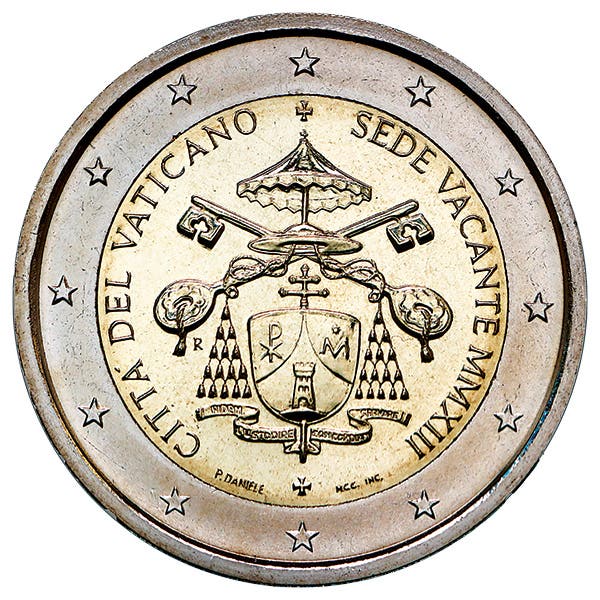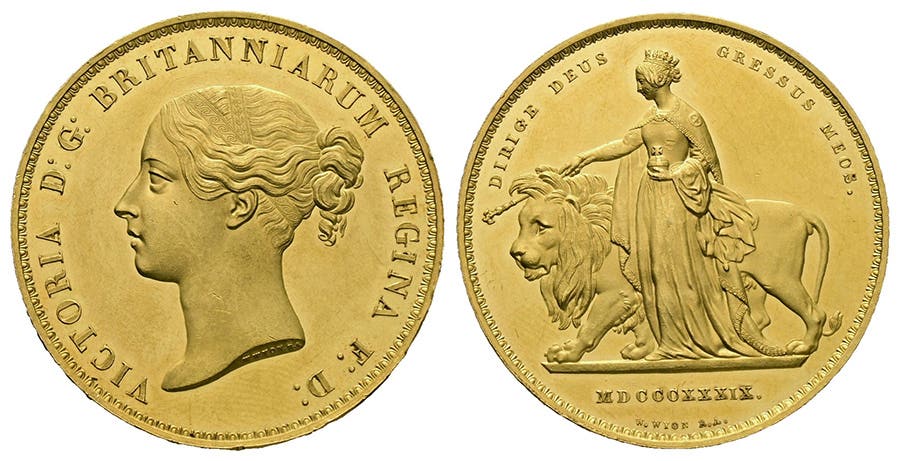Echoes of an Empire: Roman-Era Coin Hoard Discovered in the Netherlands
A stunning hoard of over 400 Roman and British coins has been discovered in the Netherlands, offering a glimpse into the expansion of the Roman Empire.
Officials announced this week that a phenomenal discovery of hundreds of Roman-era gold and silver coins was made in a field outside the village of Bunnik in the Netherlands. The finding dates back thousands of years and is unprecedented on the European mainland.
According to the Netherlands' Cultural Heritage Agency, the hoard includes a mix of Roman and British coins, shedding light on the region's ancient history. Bunnik, once positioned along the northern border of the Roman Empire, was a critical area during Rome’s expansion into Europe. Until now, a comparable find had only been documented in Great Britain, making this find even more extraordinary.
The treasure was unearthed by two metal detectorists who promptly reported it to the authorities upon realizing the significance of their discovery. An archaeologist later examined the coins to confirm their authenticity, prompting a larger excavation to investigate the site fully.
Most of the collection features Roman coins dating between 46 and 47 A.D., a period marking the end of the first Roman conquests in Britain. Many of these coins bear the image of Emperor Claudius, who was crucial in expanding the empire’s reach into the British Isles. Some of the nearly 300 silver denarii date as far back as 200 B.C. and feature unique portraits of historical figures, including Julius Caesar and one coin with the face of Juba, the king of a North African region that is now present-day Algeria.
In addition to the silver coins, the discovery included 72 gold aurei, dated between 18 B.C. and 47 A.D. The gold pieces exhibit no wear, suggesting they were part of a freshly minted cache. Their pristine condition has led experts to speculate that they may have been deliberately stored or hidden for safekeeping rather than circulated for everyday transactions.
Several dozen other coins, made of gold, silver, and copper alloy, originated from what is now Great Britain. Some of these coins were stamped with the face of the Celtic king Cunobelinus, who reigned between 9 and 40 A.D., and all were inscribed with his name. These coins, known as "staters," were likely carried back to Bunnik by Roman soldiers returning home from Britain.
The Cultural Heritage Agency suggested that the British coins may have been spoils of war, while the Roman coins were likely used as currency. They may have been buried temporarily to hide them or as an offering to the gods, possibly as "an expression of gratitude to the gods for a safe return from battle."
The discovery highlights the importance of the Lower Germanic limes, a series of fortification points along the Roman Empire’s Germanic frontier. According to the UNESCO World Heritage Convention, the limes existed from 83 to around 260 A.D., marking the boundary between the empire and the Germanic tribes. The coins prove that Roman troops returning from Britain used these routes to travel home.
The National Museum of Antiquities has acquired three hundred and eighty-one of the 404 coins. The collection is now on display as part of a permanent exhibition at the National Archaeology Collection, offering visitors an extraordinary glimpse into this fascinating chapter of history.
You may also like:
Kele Johnson is the Editor of Kovels Antique Trader magazine and the Digital Content Editor of Active Interest Media's Collectibles Group. Her captivation with collectibles began at a young age while dusting her mother’s McCoy pottery collection. She admits to a fondness for mid-century ceramics, uranium glass, and ancient coin hoards. Kele has a degree in archaeology and has been researching, writing, and editing in the collectibles field for many years. Reach her at kelejohnson@aimmedia.com.








